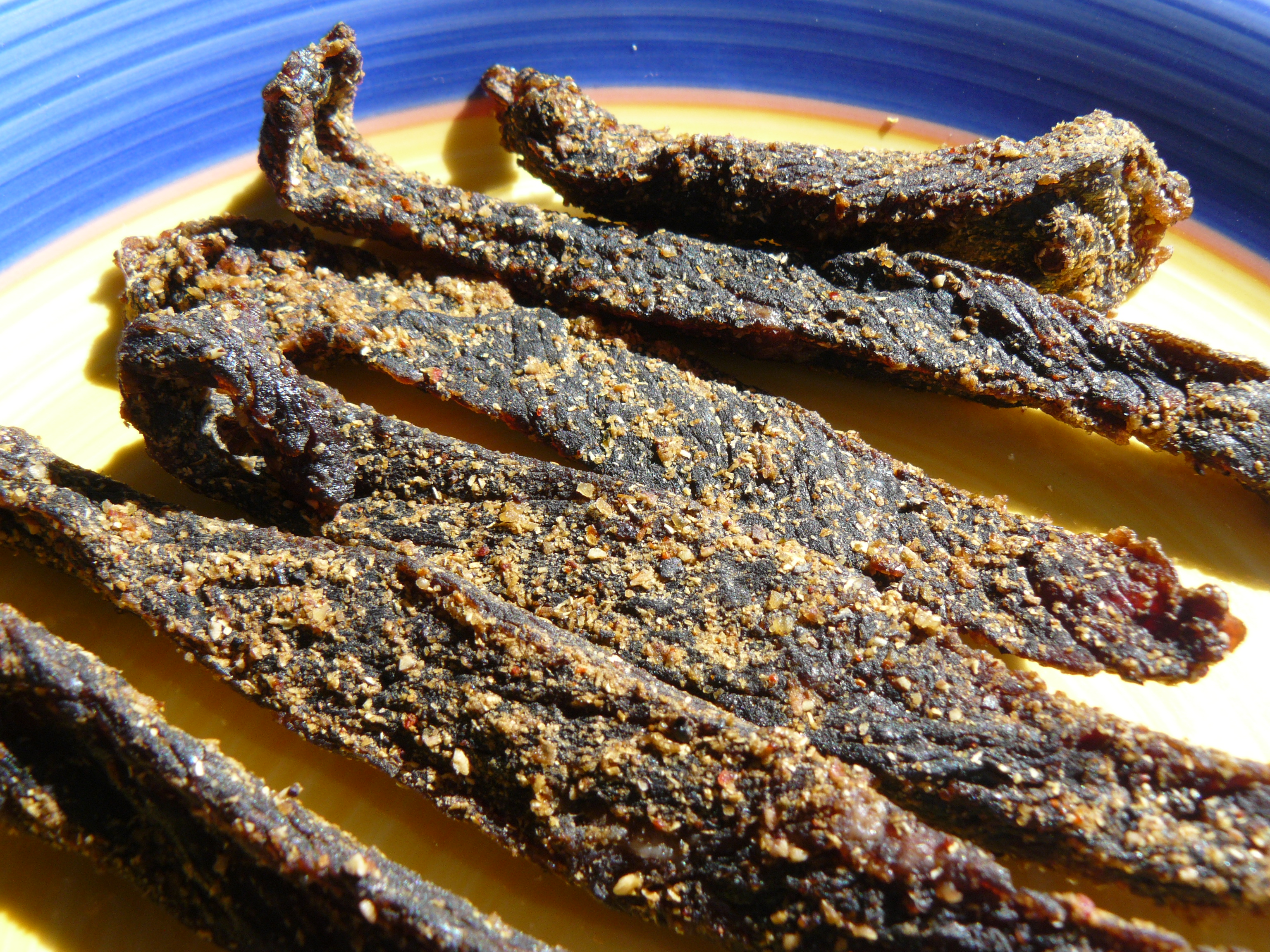Whether your homestead is off-grid, you don’t have enough room in your freezer, or you want meat that could last when power is interrupted, salting is a great time-tested option. In this article, we will discuss dry salting. The process works by using the salt to draw out the moisture from the meat and any potentially harmful bacteria until microbial growth is prohibited. It is basically chemically induced dehydration. There is always a risk of food poisoning when one is consuming meat that is moths, or even a year old, get properly prepared and use caution when salting your meat so that you can benefit from a method of food preservation that has helped keep people alive for thousands of years.
Getting Started
To get started you will need containers, preferably ceramic or glass, that will be able to hold all the meat that you want to preserve and have room left to accommodate the salt. You will also need to locate a place to store the meat while it is curing. Ideally, you are looking for an area that is dry and that will remain above 32 degrees Fahrenheit and below 40 degrees Fahrenheit.
Prepping the Meat
Cut the meat into pieces, the smaller the pieces are the more surface area of meat will be exposed to the salt, and therefore the quicker the curing. Most sources will tell you that 1 ounce of salt will cure up to 25 pounds of meat. But salt is not expensive and food poisoning is deadly so I would error on the side of caution. Put a thin layer of salt on the bottom of your container, start adding meat that you have rubbed with salt to the container leaving a thin gap on the sides of the container and in between each piece of meat, fill in the gaps with more salt, put a thin layer of salt on top and cover with a cheese cloth. Store this in a cool dry location. The curing should be done in a month.
Checking on the Meat
Check on the meat periodically. If the meat still contained a lot of blood, or if moisture got in the area you are storing the meat, the salt may become so moist that it cannot sufficiently dehydrate the meat. If this occurs, simply remove the meat, clean the container, and repack it with fresh salt. After the curing is successfully completed you can remove the meat and wrap it in moisture-proof paper or plastic and can store at room temperature.
Dry salting can keep meat for months, this could be what you need to get you through the winter or a disaster that leaves you without power.
If you liked this, you might also enjoy…


